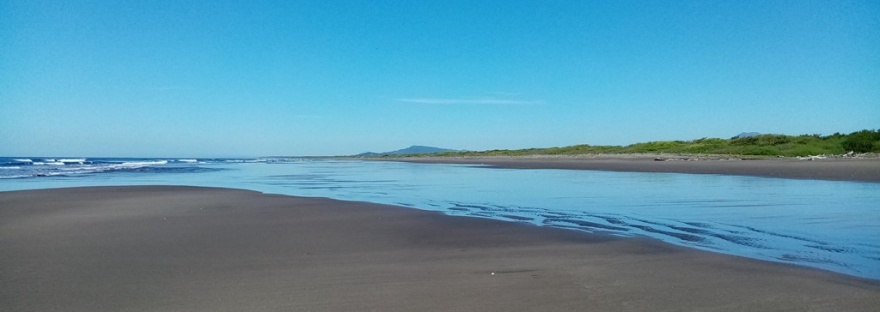Timing couldn’t have been more unfortunate when a global crisis halted international travel for many months to come, just about when we were opening our doors.
But I’m not going to cry to you about the severe state we’re all in – I’m here to tell you all the good news that happened this year. Because despite the pandemic, things were going great for us at MEMANTA as we simply kept doing what we love the most.


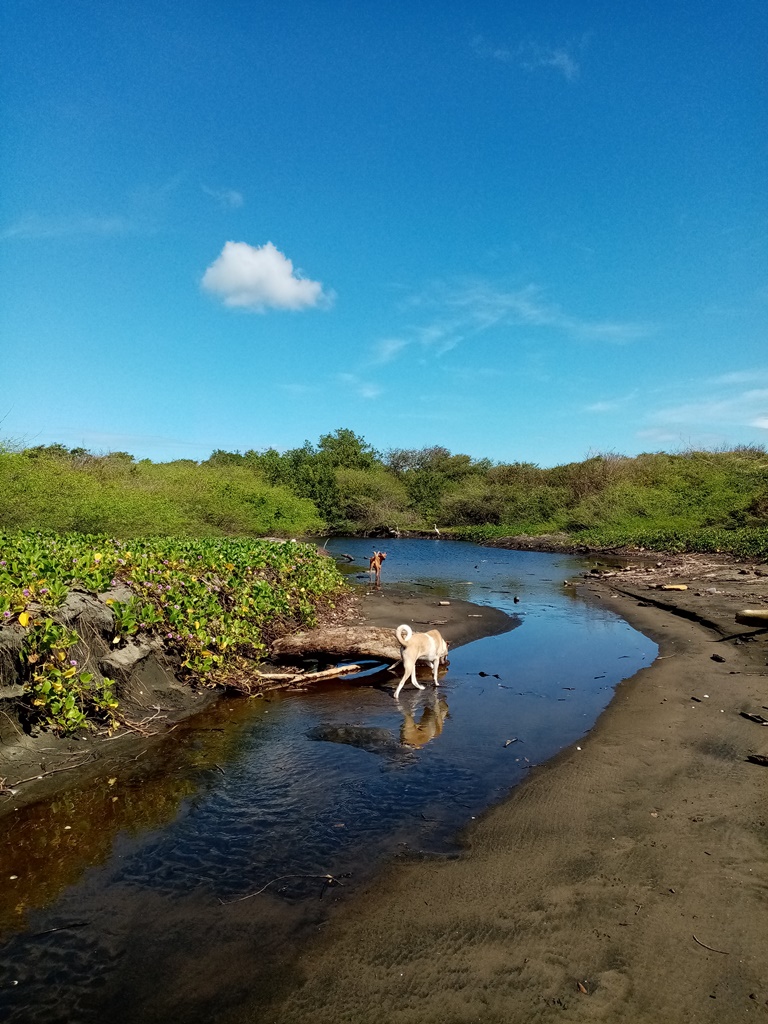

We collaborated with more people and protected more nests:
This year we collaborated with four young men from the community who would fill our hatchery with nests that weren’t safe on the beach. Those guys are good friends with Melvin and work regularly for us, so there’s a lot of trust involved. They would come up to our house, wake us up in the middle of the night and help to rebury the eggs. However, we also received some nests from random people from the community, which made us especially happy because it shows that there are quite a few guys out there who want to support us.

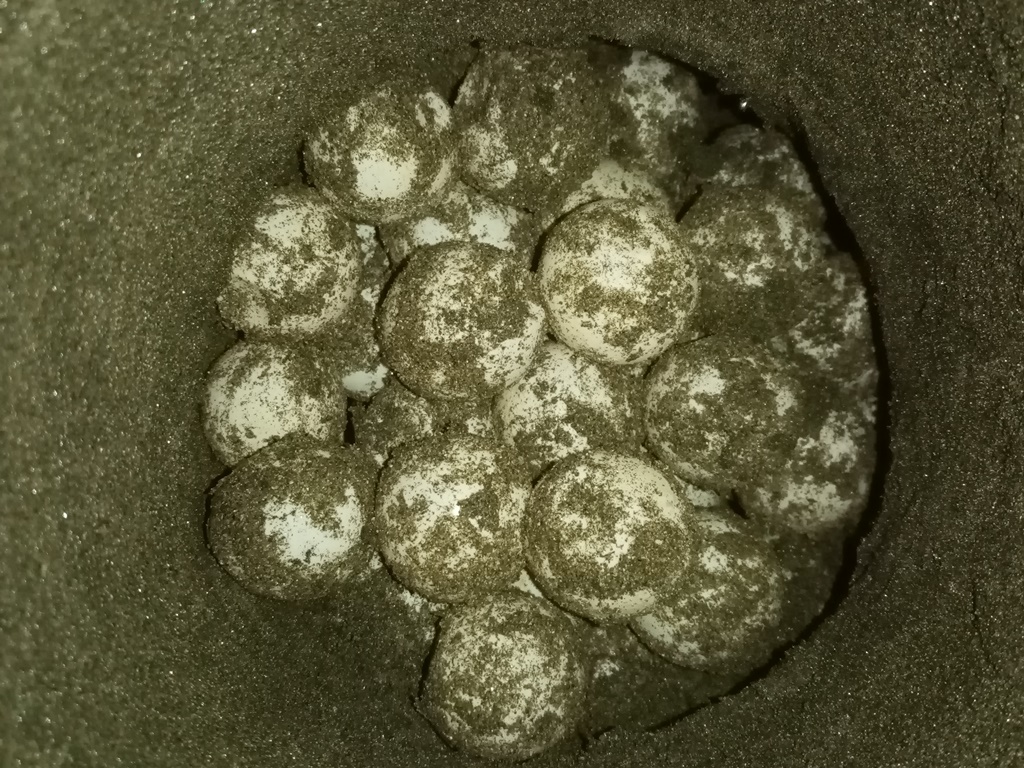

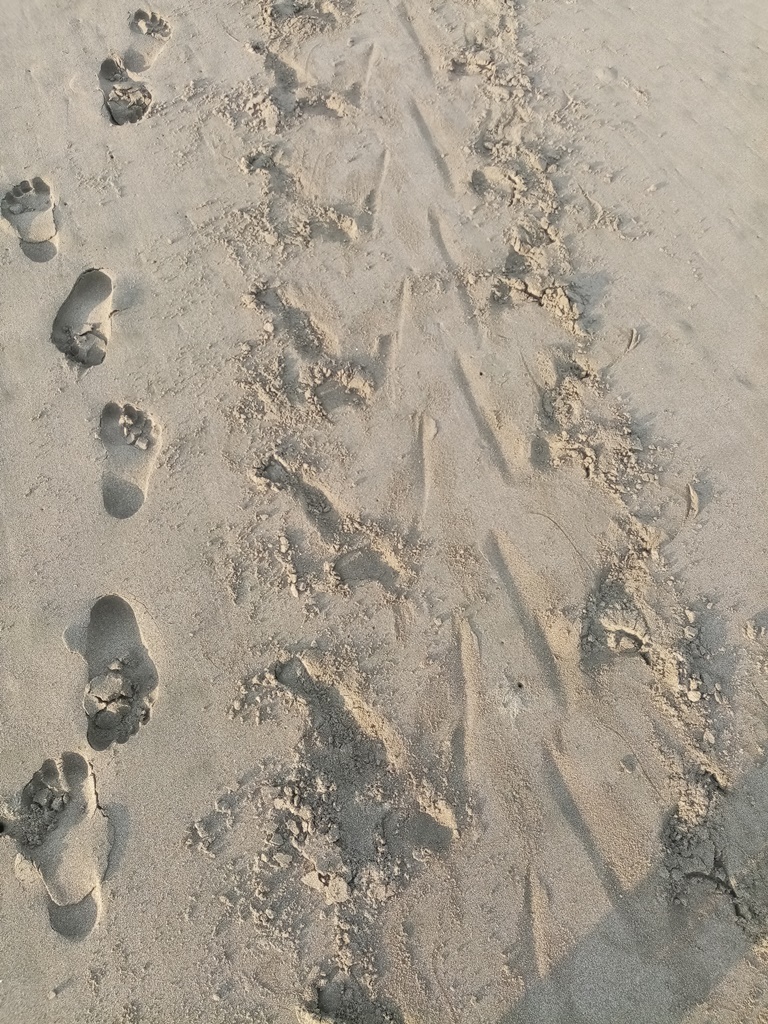
All in all, we were able to relocate 70 nests during the 2020/2021 season! That’s a total of 7040 eggs – mostly from the Olive Ridley turtle, but also from the Eastern Pacific Hawksbill turtle. It’s a huge increase from last year with only 22 nests.
We secured donations from private nest sponsors and the MSV:
Protecting sea turtle nests in Nicaragua is costly because 1. they are a heavily commercialized good and 2. their extraction is not prohibited by law, so we have to compete with the market and buy the nests. You don’t get nests for free, unless you find them yourself. Venecia being a publicly accessible beach, there are lots of “poachers” around and if we were to protect only those nests that come to us at no cost, our hatchery wouldn’t fill up that much (see next chapter).
Also it’s an ethical question, because most of these “poachers” mean no harm but simply have no other income opportunities. So in order to create the biggest impact for the environment without affecting the livelihood of the local families, we buy as many nests as we can afford.
The idea of MEMANTA is that part of our income from ecotourism is directly reinvested into the turtle conservation project. This year, the downside of this concept became clear. Luckily, however, most of our nests got sponsored by friends and supporters from abroad (a huge shoutout to those Germans!) as well as by the NGO MSV Nicaragua that is running a similar project on our neighbouring beach. They have been around for over ten years and have given us advice and support from the beginning. Check our their website if you want to know more: https://www.msv-nicaragua.de/
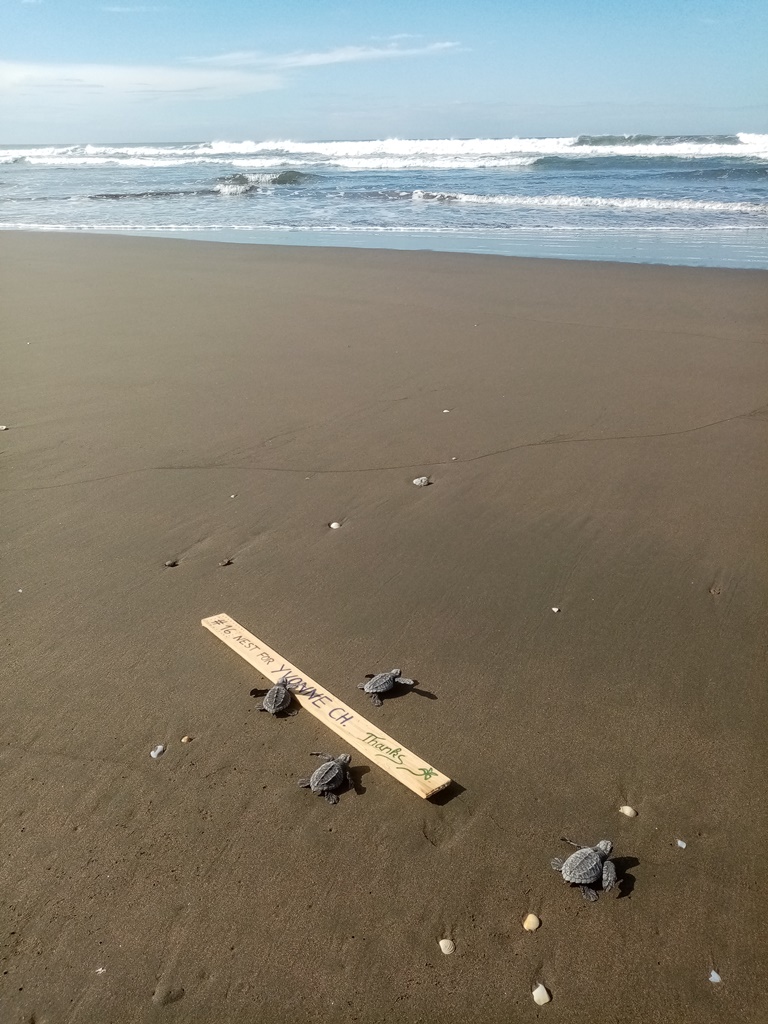



Every nest sponsor received detailed information about the nest as well as pictures from the eggs and the hatchlings’ release two months later. Even though many nests hatched in the middle of the night – as it is intended to be – we were able to get some pretty sweet daytime pictures from those that hatched in the late afternoon or in the early morning.
If you want to sponsor a nest for the upcoming season, check out this Donorbox link or contact us directly.

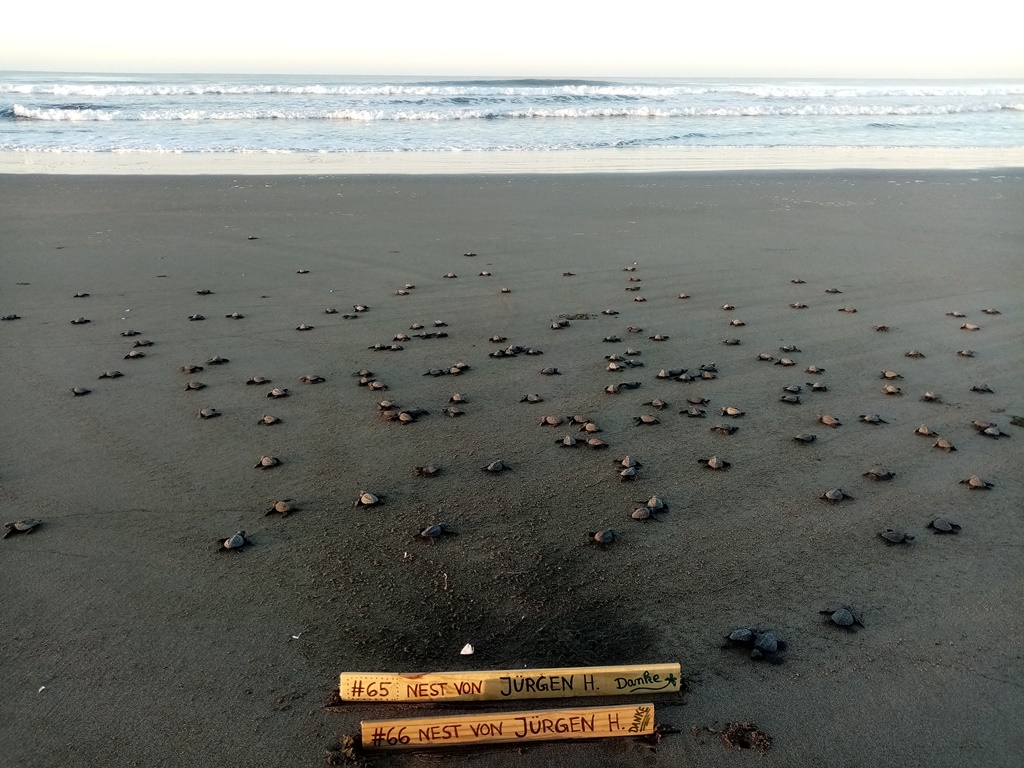

It’s not easy to get hold of nests ourselves:
When Melvin and I met back in 2015, we worked under a different scenario: The beach in Costa Rica was reallllly remote and part of a protected area. Most of the time we were the only people there looking for turtles. We just occasionally stumbled upon some poachers. Most of the nests that were being laid got found by us… And it happened quite often that we came across nests that had been laid hours ago but were still untouched.
Here in Nicaragua it’s nothing like this: Imagine people driving along the coast with their motorbikes as if it’s a highway, up and down, up and down…. Then there are people walking, riding their bicycles, riding their horses…. shining their bright white lights in all kinds of directions. Those guys spot the turtles right when they come out of the water! The first one who spots the turtle is the winner – he gets to extract the eggs later-on.
So you need to be at the very right spot at the very right time in order to get hold of a nest. Some call it luck, some call it a sixth sense.
People do this for a living – they spend all night long at the beach trying to compete with the other egg collectors. And sometimes they might catch 5 turtles in one night, sometimes they spend weeks without any outcome.
So without the help of volunteers and with so much stuff to do during the day, it’s impossible for us to find that many nests on our own. One of the few nests we came across this year was laid unexpectedly during the day – when noone was around!
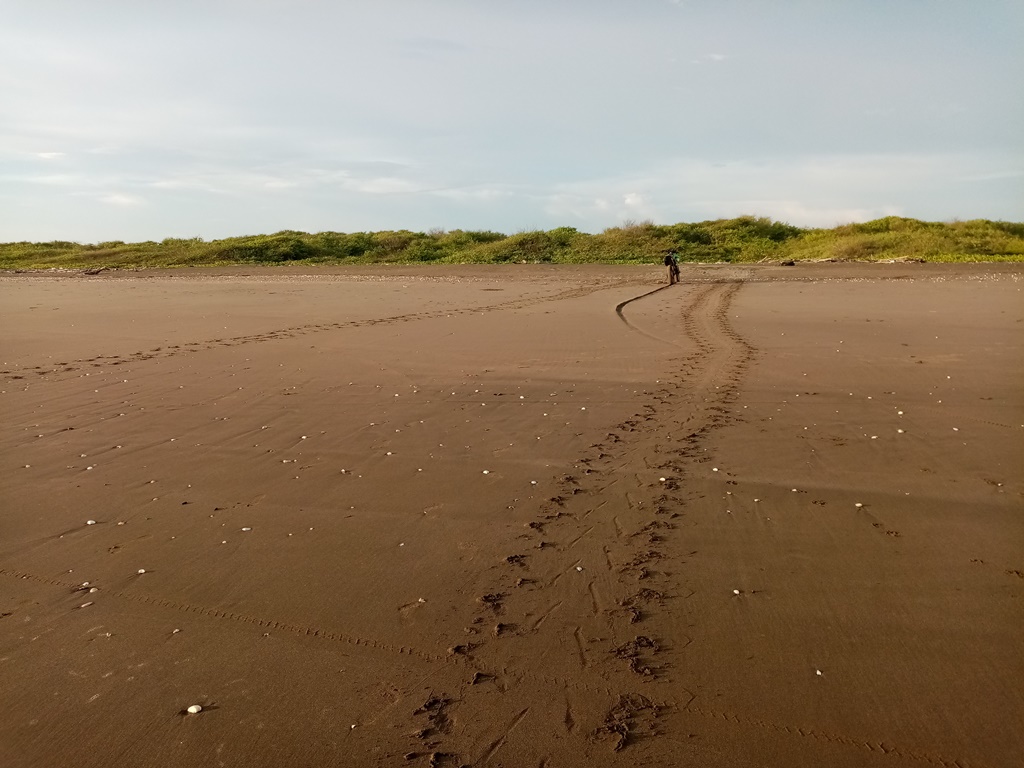



Hatching success has been a challenge:
I always knew that if I was ever going to run my own hatchery program, I would go for a hatching success of near 100%. That’s what keeps me motivated – I want to outsmart nature and turn every single egg into a healthy turtle.
However, my high aspirations were put on hold this year. We had a lot of nests above 80% and above 90%, but there were also some let-downs, as some nests had very low success rates.
The thing is: You never know. First you have to wait for two months to see if your hatchery is working. Second it’s not so much the hatchery that determines the success, but other factors – that’s why you can have one nest with 90% right next to a nest with 30%.
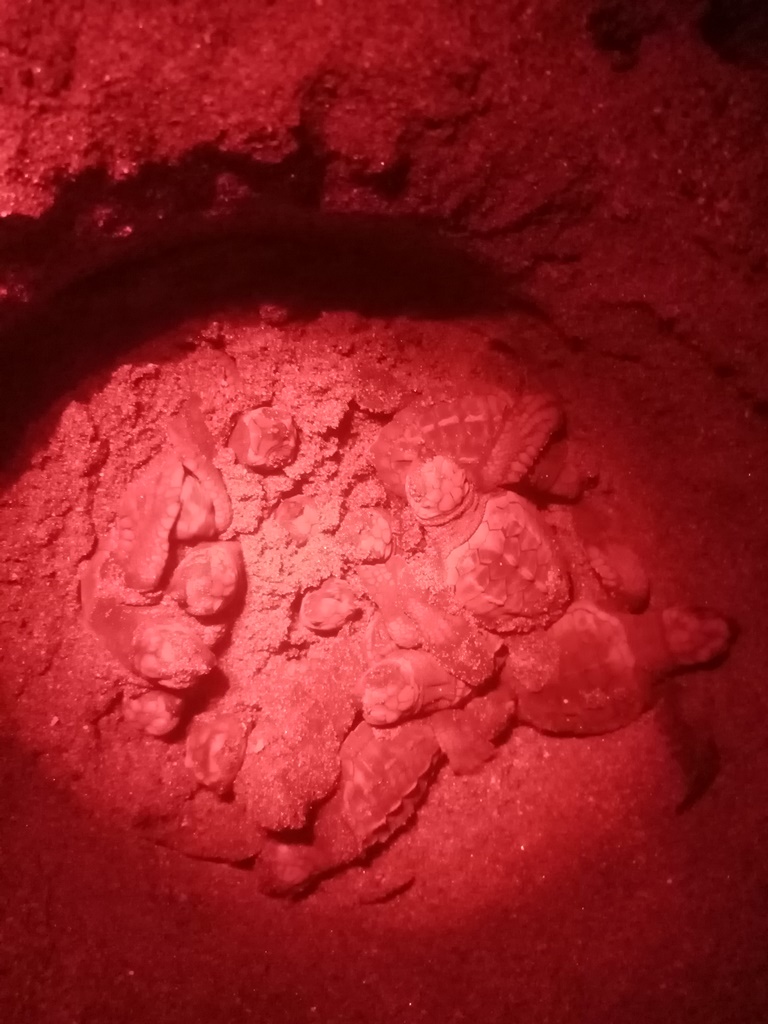

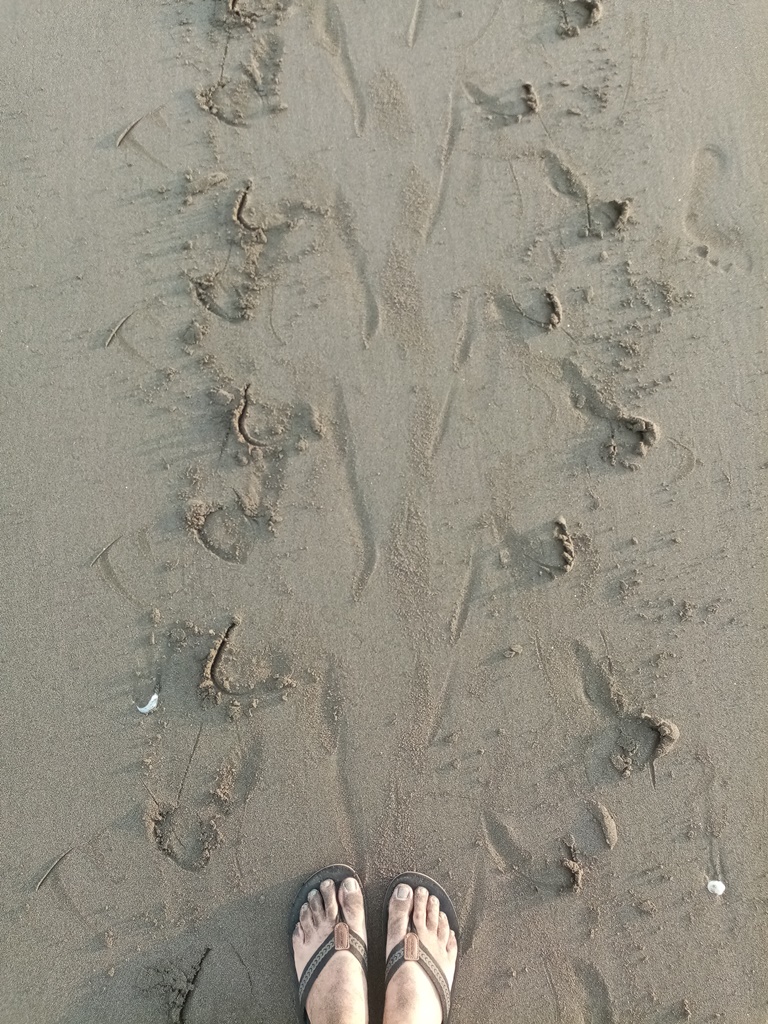

Hatching success is determined by many factors: Composition of the sand, moisture / rain, temperature, oxygen content, disturbances (e.g. earthquakes), fertility and health of the mother turtle etc. That’s why even in nature it’s really rare to see a 100% hatch. There are always some left behind – be it undeveloped eggs, half-developed embryos that died out of the sudden, or fully developed turtles that never made it to the surface on their own.
But with hatcheries, there comes another determining factor: Transport. Turtle conservationists always try to relocate nests within one hour, because that’s the “safe window” when the eggs can still handle some kind of movement. After that, you might damage the embryo that is starting to form.
With us buying the eggs from other people, we have limited control over the egg-handling. This is why it’s so important for us to work with trusted egg collectors who know the basic rules and stick to them.

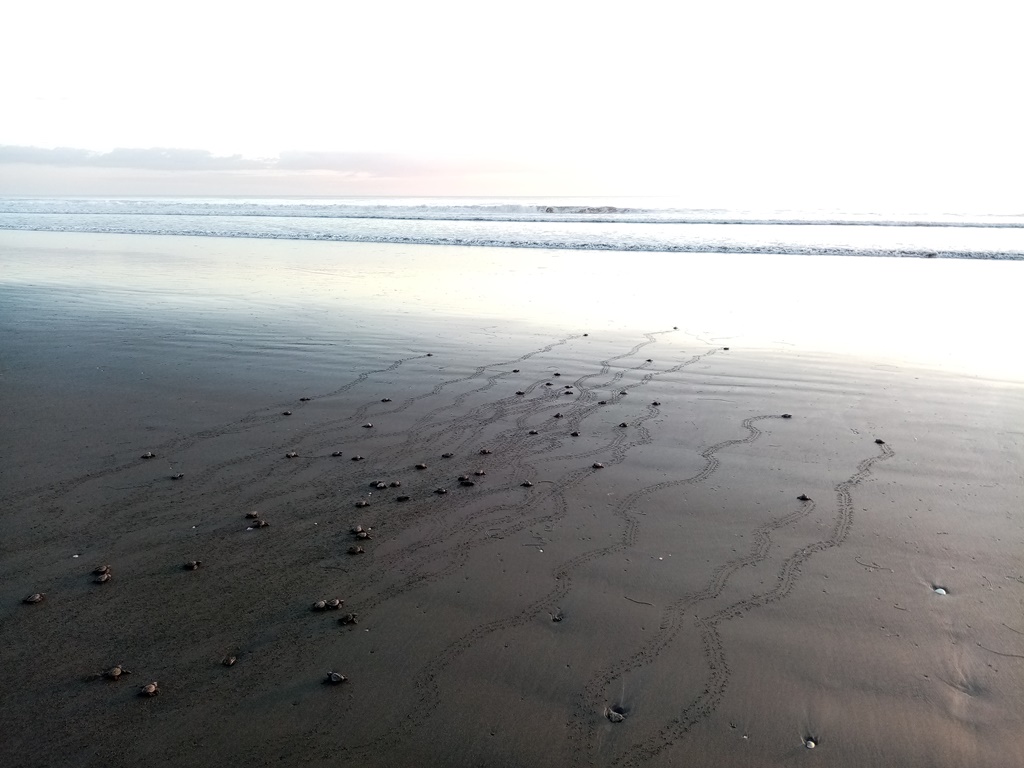

The good news is: Once we know what went wrong, we can find solutions. It’s too hot? Provide some shade! It’s too wet? Put a roof on! It’s too dry? Water those nests! Eggs got damaged? Be more careful and relocate them faster! Hatchlings struggle on their way to the surface? Help them out!
With all the lessons we learned this year, we are looking forward to the next season!
Our beachfront forest keeps growing and it amazes us every day:
Our concept is so simple… we just let everything grow and plant stuff wherever there’s space available! We can see all kinds of birds, lizzards, insects and small mammals (like skunks and wild bunnies!) thriving and profiting from our huge natural backyard.
We don’t kill spiders, scorpions, snakes, cockroaches or other “scary” animals. We don’t remove old trunks or any kind of dead wood, because that’s where all the animals live in! We don’t get rid of fallen fruits, branches or leaves, but just rake them towards the sides to keep our forest trails clean.

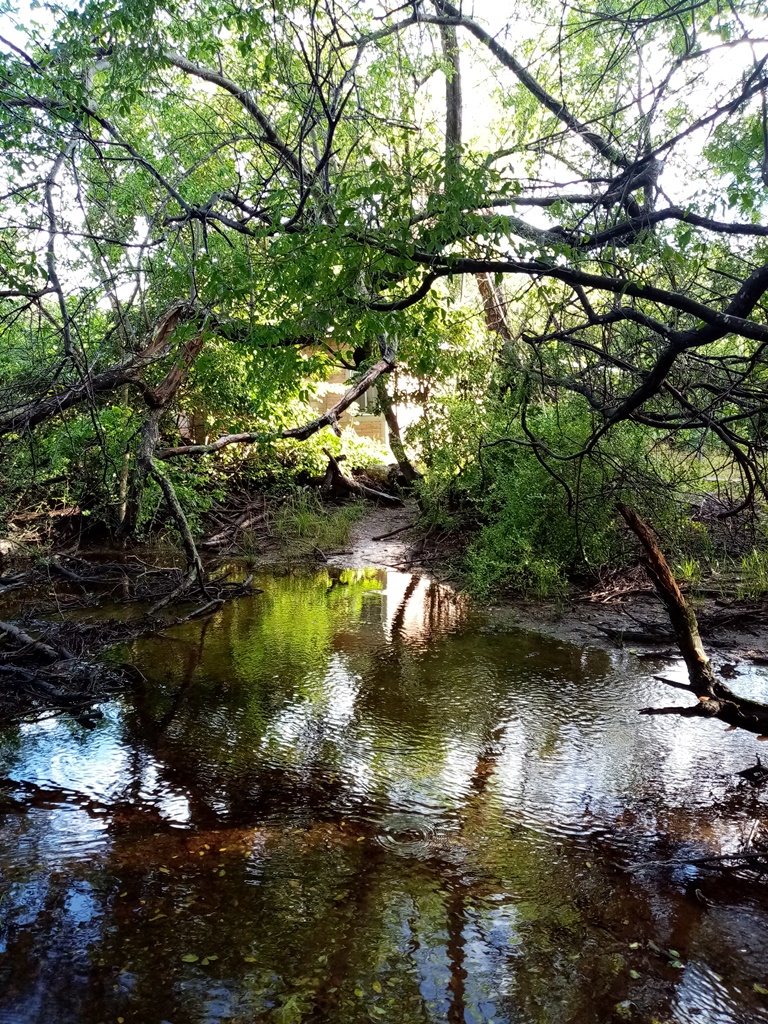

Part of the reason why animals are having so much trouble nowadays is because human landscapes and gardens are too “clean” and “organised” – there are no spaces to nest and hide and there’s not enough food.
What seems to be dirt and weed for others, is just pure nature for us… and a valuable micro-ecosystem for whoever is living on the ground.
MEMANTA is a paradise for birders and biologists, that’s for sure!
We had some visitors but not nearly as many as we’d expected:
We were fortunate to welcome some volunteers and visitors throughout November and December that stayed in our iconic green tents, put our fully-equipped kitchen to use, helped with our conservation work, tried out the surf and spent time exploring the beautiful scenery around them. Those early visitors are important as they go on and spread the word about MEMANTA. Word-of-mouth publicity is crucial because the internet has gotten so overladen with information that not everyone might find our website in the first place.

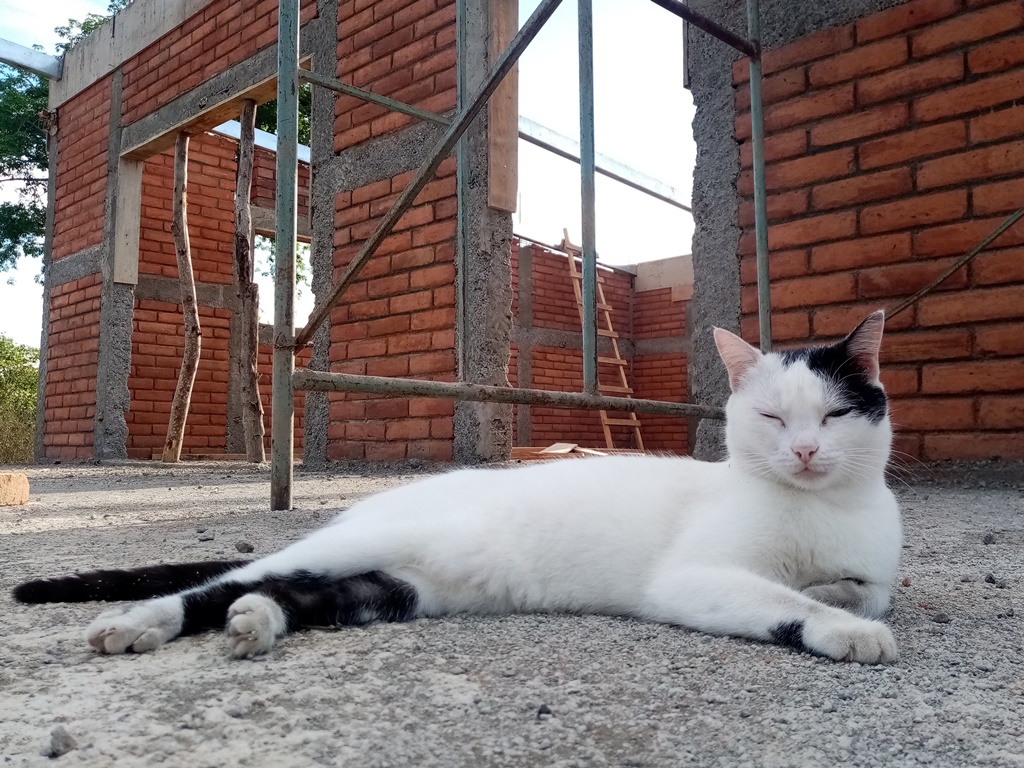


While international travel is still quite tricky, we tried to focus on national tourism. However, Nicaraguans are not a perfect target market for us as many people don’t have enough time and money to come to a place that’s so off-the-grid. And if they do, they want a nice private apartment with a sea view and beach bars near-by – amenities we don’t offer 😉
Our campsite and cabin are available for rent on AirBnB:
But we don’t give up. While we don’t have volunteer bookings in sight, we’ve been listing our accommodation options on AirBnB. This means that our cabin is now also available for short-term-stays. We’ll always give priority to our volunteer program, but we try to diversify and not miss any chances of having visitors around.
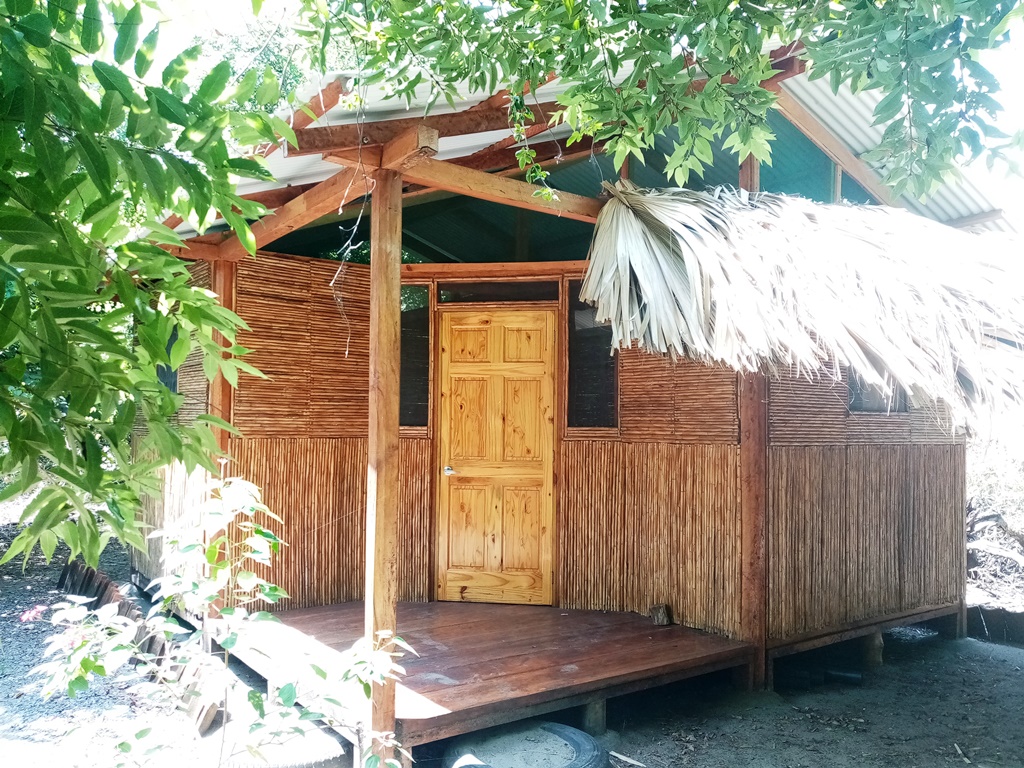


Check out these links if you’d like to have a rather conventional holiday at the beach:
https://airbnb.com/h/memanta-cabin
https://airbnb.com/h/memanta-camping
We’re in love with the Padre Ramos estuary:
Luckily I’ve always been quite busy with my freelance work which I can rely on while MEMANTA isn’t generating any revenue. But Melvin was looking for a new task to fill the void. So he joined a local aquaculture cooperative that is working in the Padre Ramos estuary. His job is to take care of the fish they’re farming. Of course he takes turns with the other members from the cooperative so he’s only really busy during one or two days a week. One of the greater advantages is that he has access to a small motorboat that he can use to take me on awesome trips for recreational purposes. We also spent some quality leisure time at the floating house that belongs to the cooperative. Just see for yourself!









We’ll be building a bigger hatchery:
While we’re waiting for our first visitors from overseas, we keep going forward. The next big step will be the construction of a proper hatchery closer to the beach which can hold around 80 nests at a time. We’re planning an advanced design with optional shading and optional rain protection (in case of tropical storms etc.), and enough room for future volunteers to work. The dry season is the perfect time to take on a bigger project like this – because at least the turtles don’t keep us busy right now!

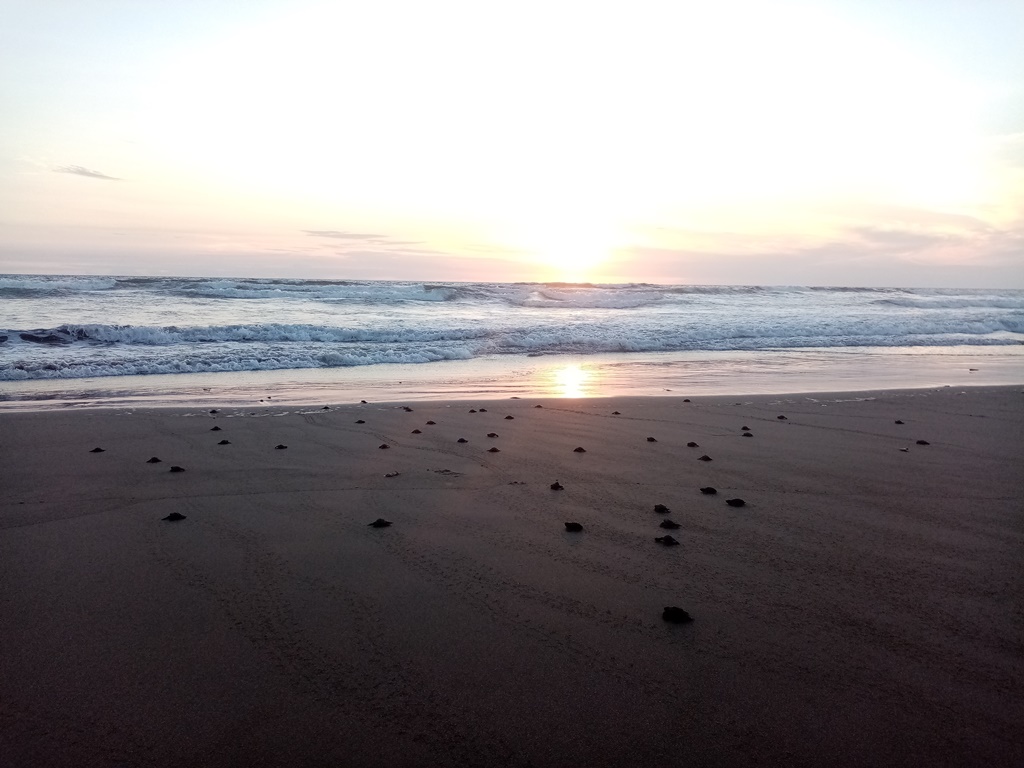
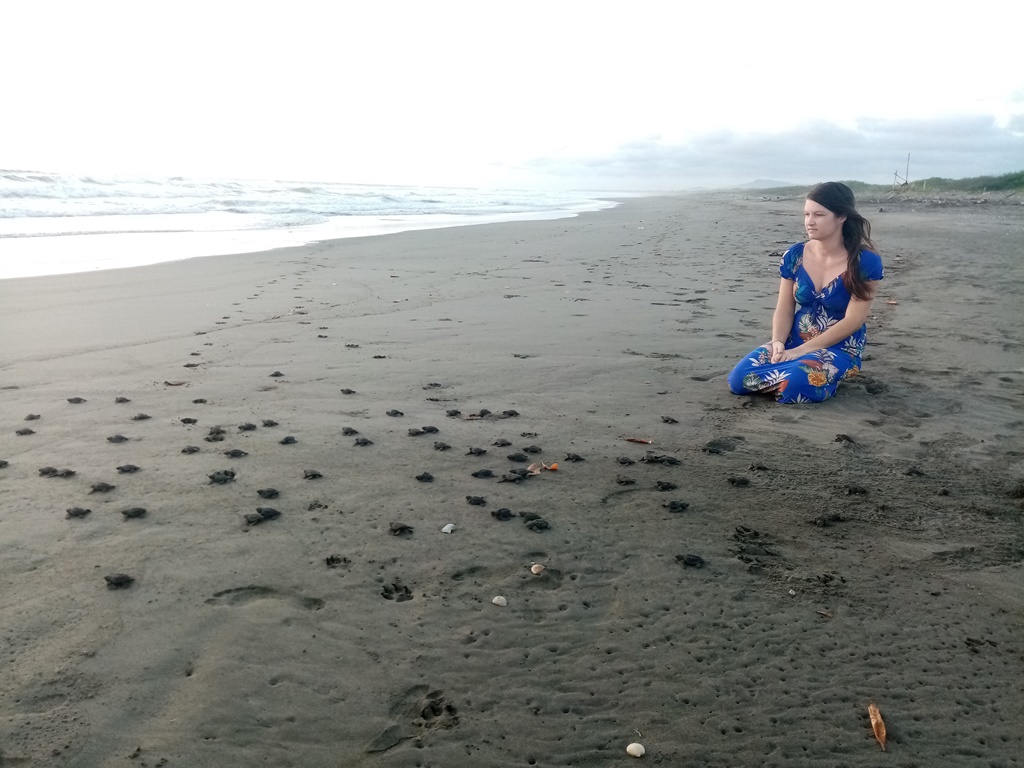
We want to do so much more but we need YOU!
Meanwhile, we are here answering e-mails, increasing our following and building a reputation. There are quite some people that intend to volunteer with us later this year, but it’s all up to the availability of flights and the lockdown situation in other countries.
Be sure to check out our Project Assistant and Volunteer program if you dare to have an extraordinary adventure!

